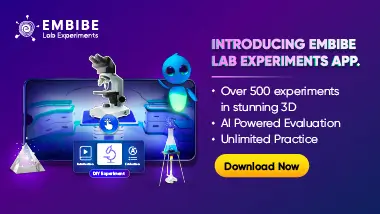MEDIUM
10th CBSE
IMPORTANT
Earn 100
Describe the process of nutrition in Amoeba. Draw labelled diagrams to show the various steps in the nutrition in Amoeba.

Important Questions on Life Processes
EASY
10th CBSE
IMPORTANT
EASY
10th CBSE
IMPORTANT
HARD
10th CBSE
IMPORTANT
MEDIUM
10th CBSE
IMPORTANT
MEDIUM
10th CBSE
IMPORTANT
MEDIUM
10th CBSE
IMPORTANT
MEDIUM
10th CBSE
IMPORTANT
MEDIUM
10th CBSE
IMPORTANT
